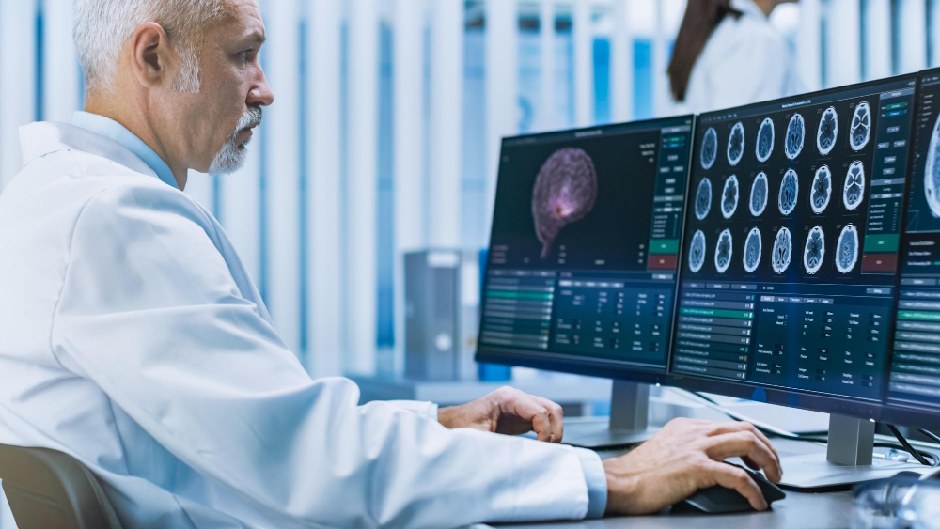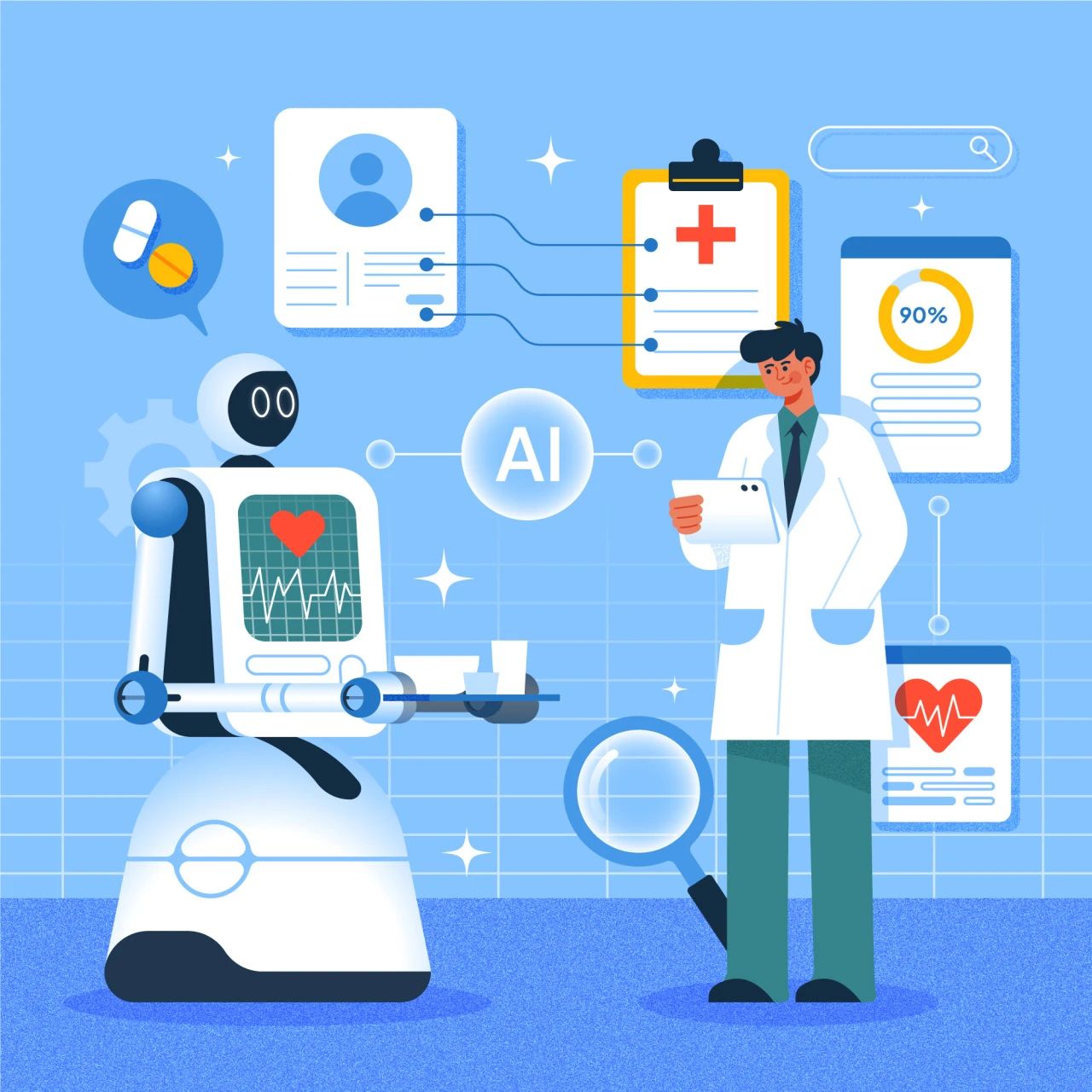
Introduction: Why Deep Learning Matters in Cancer Care
The global cancer burden continues to rise sharply, posing immense challenges to healthcare systems worldwide. In 2022 alone, nearly 20 million new cancer cases and close to 10 million cancer-related deaths were recorded, with projections indicating an alarming 77% increase in incidence by 2050—surpassing 35 million new cases annually. Early detection remains one of the most critical obstacles; many cancers are still diagnosed at advanced stages, where treatment options are limited and survival rates diminished. Beyond early detection, accurate tumor classification, response prediction, and efficient drug development remain pressing challenges in oncology.1,2
Deep learning (DL)—a powerful branch of artificial intelligence (AI)—has emerged as a transformative tool in this space. With its ability to detect complex, nonlinear patterns in large datasets such as histopathology slides, genomic sequences, and radiological images, DL offers unprecedented capabilities across the cancer care continuum. From improving screening accuracy to guiding personalized therapy and accelerating drug discovery, DL is reshaping the landscape of oncology and offering hope for improved patient outcomes and more equitable global cancer care.3
Understanding Deep Learning in Oncology
Deep learning utilizes artificial neural networks to model complex relationships in data, often outperforming traditional machine learning algorithms. In oncology, convolutional neural networks (CNNs) dominate image-based analysis tasks—such as detecting lesions on radiological scans or classifying tumors in histopathology slides. Recurrent neural networks (RNNs) and transformer-based models excel at analyzing sequential and longitudinal data, such as patient histories and genomic profiles, enabling dynamic disease modeling and response forecasting.
Unlike conventional algorithms that rely on manua
References:
cs 2022: GLOBOCAN estimates of incidence and mortality worldwide for 36 cancers in 185 countries. CA Cancer J Clin. 2024 Apr;74(4):313-336.
World Health Organization. Global cancer burden growing, amidst mounting need for services. WHO News Release, 2024.
Siegel RL, et al. Cancer statistics, 2023. CA Cancer J Clin. 2023 Jan;73(1):17-48.
Yala A, et al. Deep learning mammography-based breast cancer screening. Nat Med. 2024; [PMCID: PMC11048882]
Wan JCM, et al. Liquid biopsies come of age: towards implementation of circulating tumour DNA. Nat Rev Cancer. 2024; [PMID: 39456789]
Huang Y, et al. Multimodal deep learning for cancer prognosis and treatment response prediction. Front Oncol. 2025; [PMCID: PMC12025054]
Shan H, et al. Generative adversarial networks in medical image reconstruction: a systematic review. Med Image Anal. 2025; [PMID: 39055051]
Rieke N, et al. Federated learning for rare cancer data: privacy-preserving AI in hospitals. Nat Med. 2024;30(3):456-465.
Khosravi P, et al. Generative adversarial networks create high-quality synthetic prostate cancer MRI images. Sci Rep. 2023;13:4567. [PMCID: PMC10051877]
Wang S, et al. Real-time intraoperative decision support using deep learning on frozen sections. J Surg Oncol. 2024;130(2):234-242.
Smith B, et al. Digital twins in oncology: computational simulations predicting tumor growth and therapy outcomes. J Clin Oncol. 2025;43(5):567-576.
Machine Learning and AI in Cancer Prognosis, Prediction, and Treatment: Current Status and Future Prospects. Front Oncol. 2023 Jun 26. [PMC10312208]
Artificial Intelligence (AI) in Oncology: Current Landscape and Future Directions. Front Oncol.2024 May 1. [PMC11131133]
Biology-guided deep learning predicts prognosis and cancer treatment response. Nat Commun. 2023 Aug 23. [Nature.com]
Convergence of evolving artificial intelligence and machine learning in precision oncology: challenges and opportunities. NPJ Digit Med. 2025 Jan 31. [Nature.com]
Role of AI in empowering and redefining the oncology care landscape. Front Oncol. 2025. [PMC11913822]








Post comments